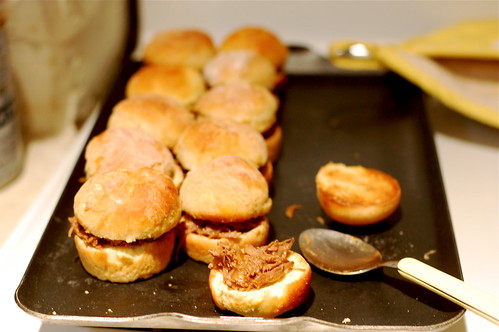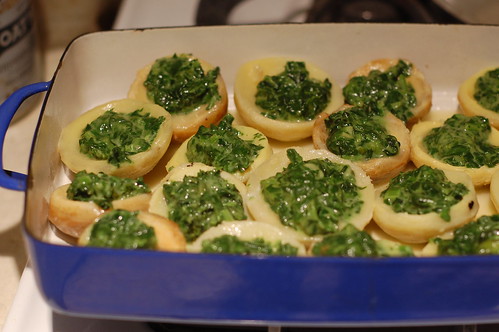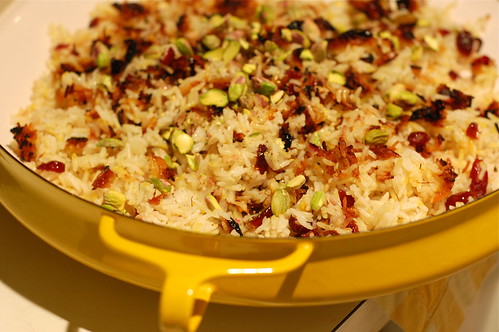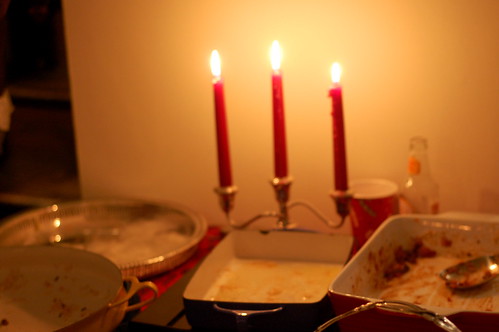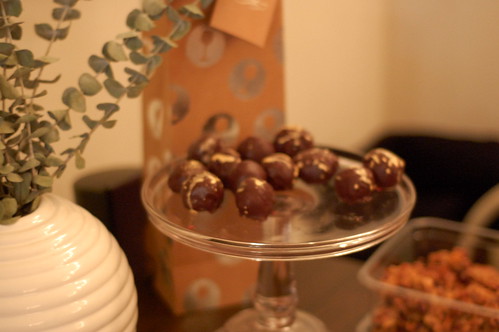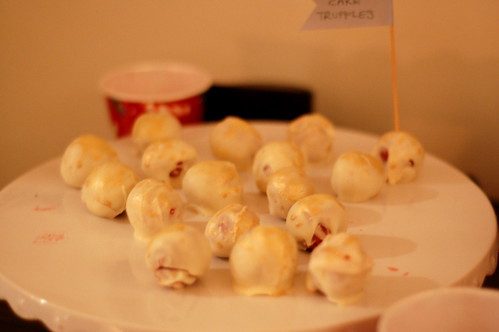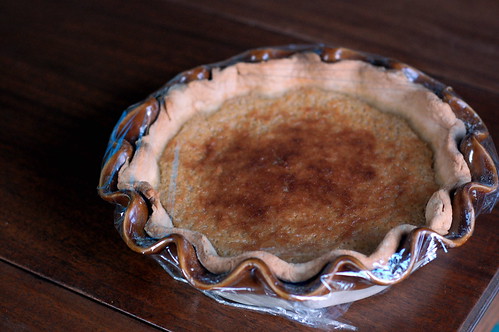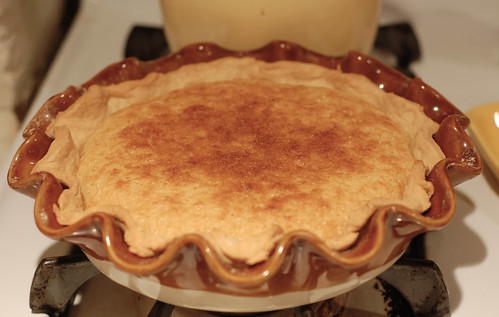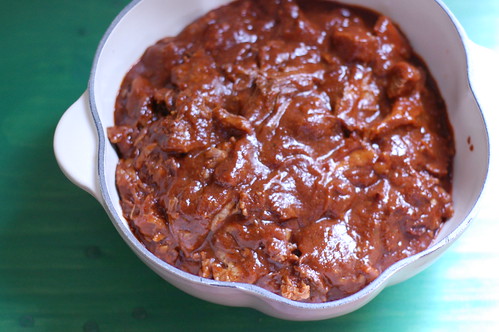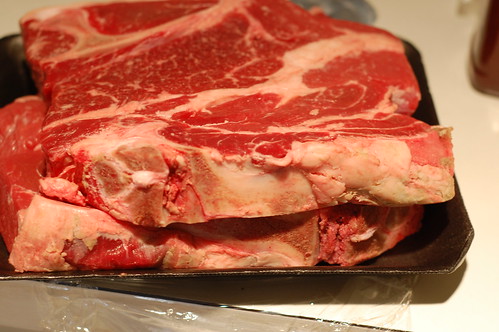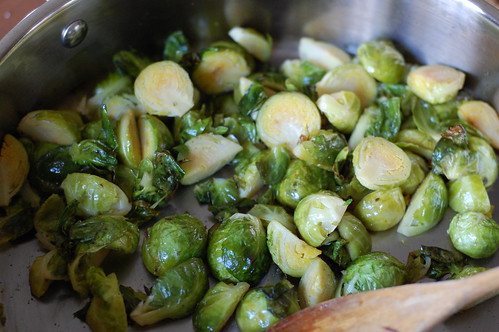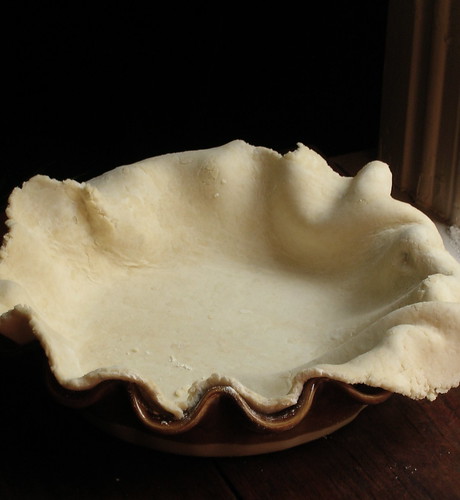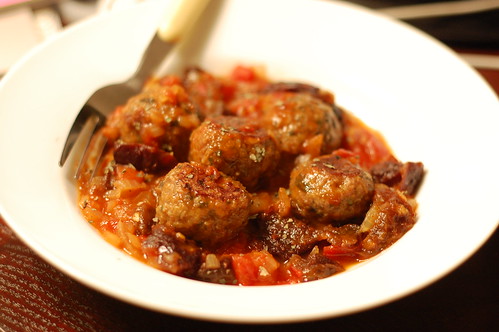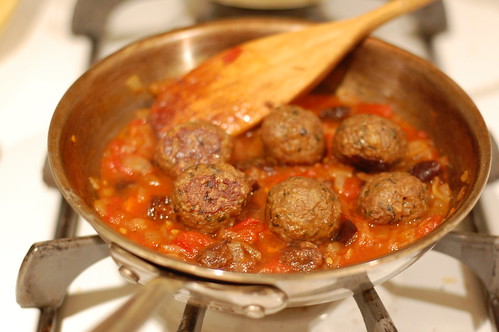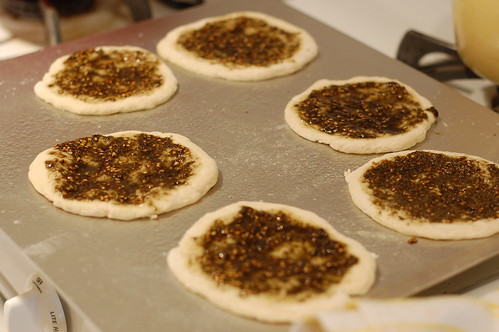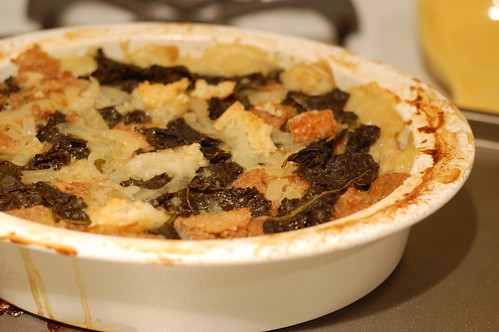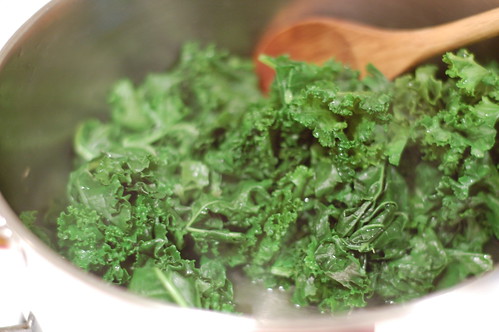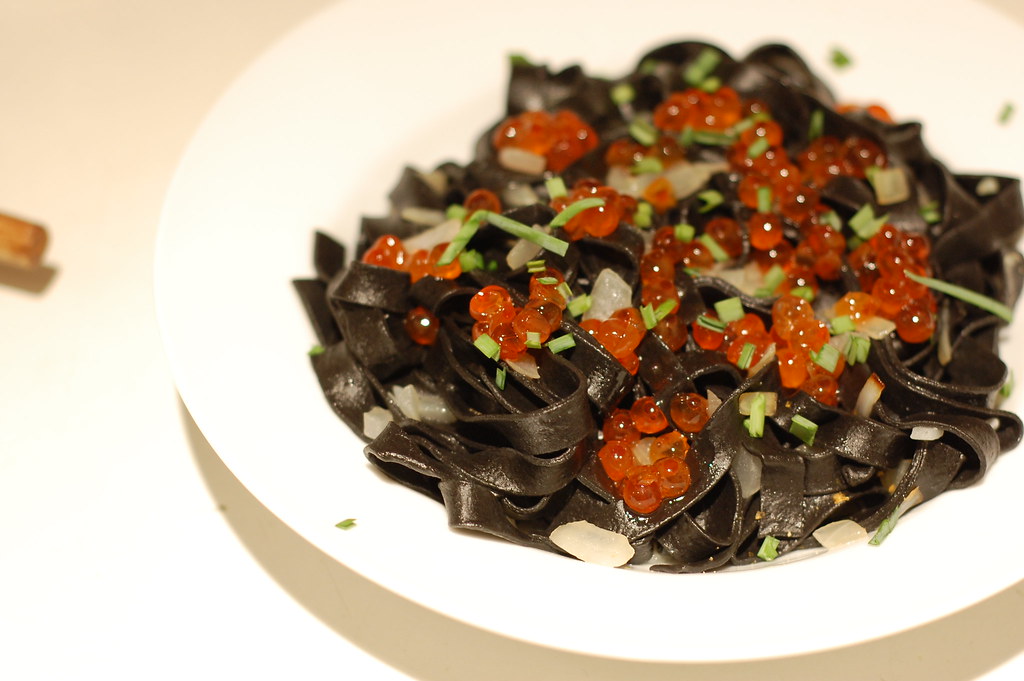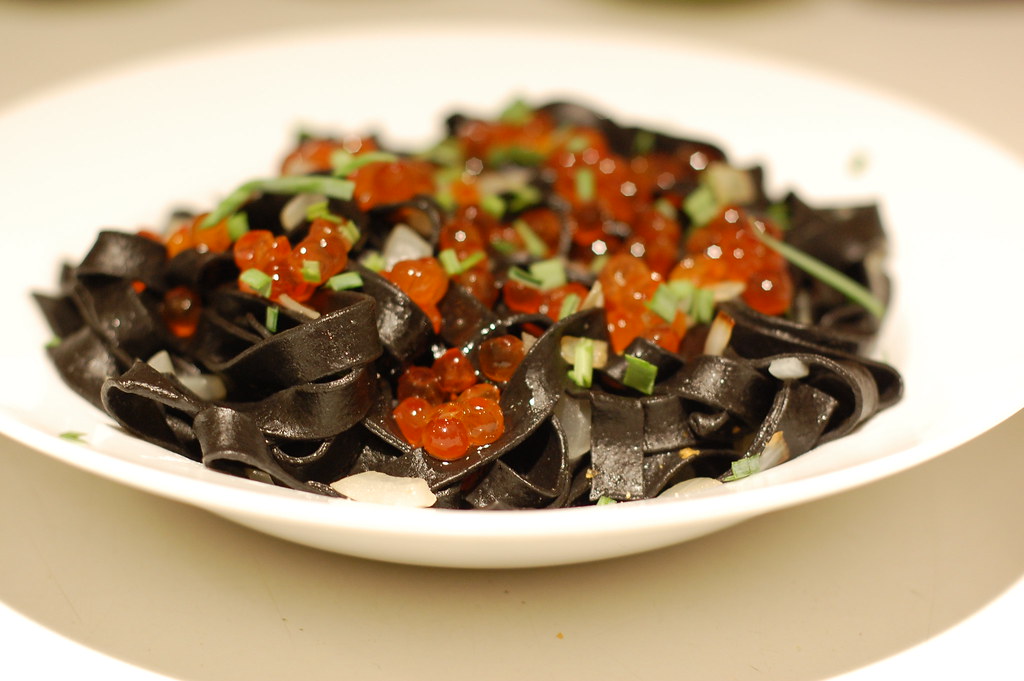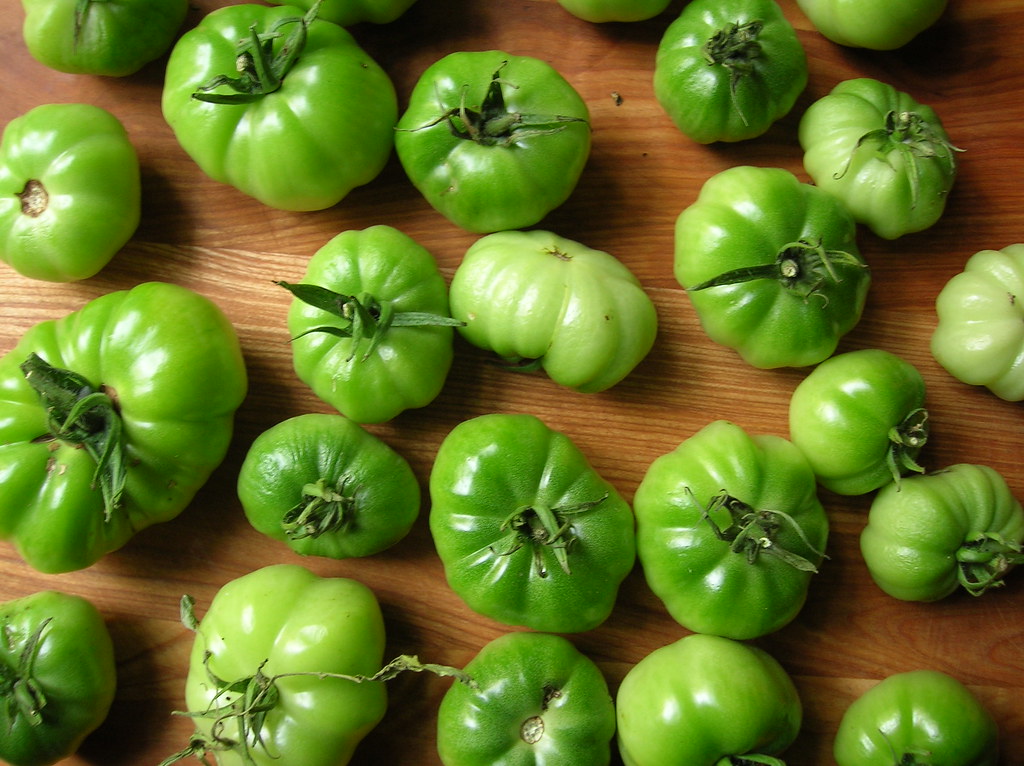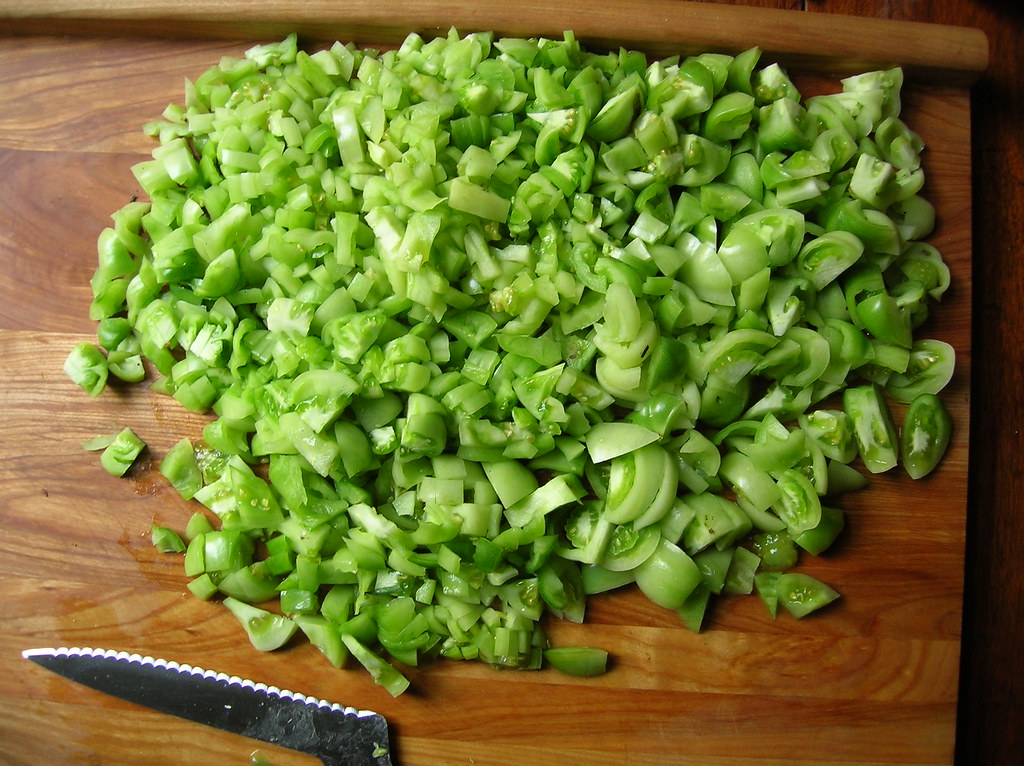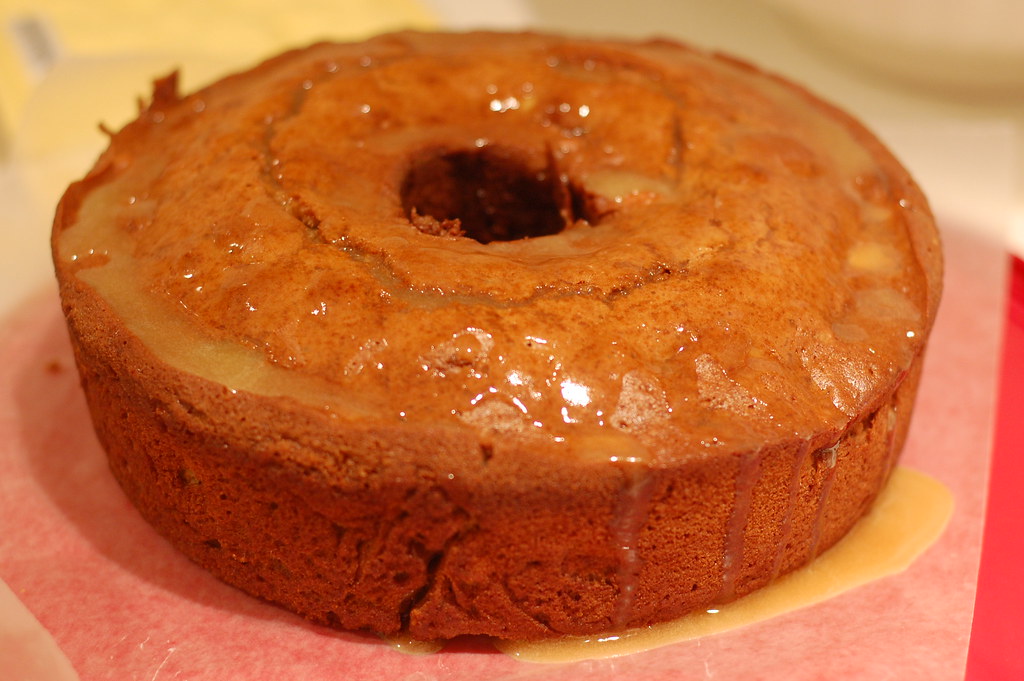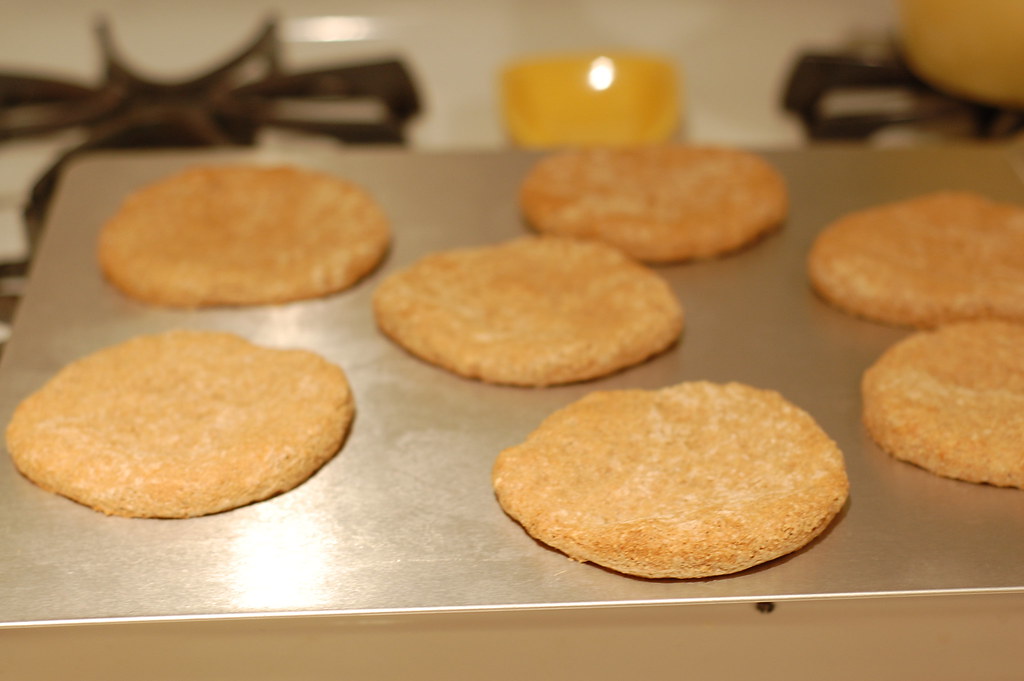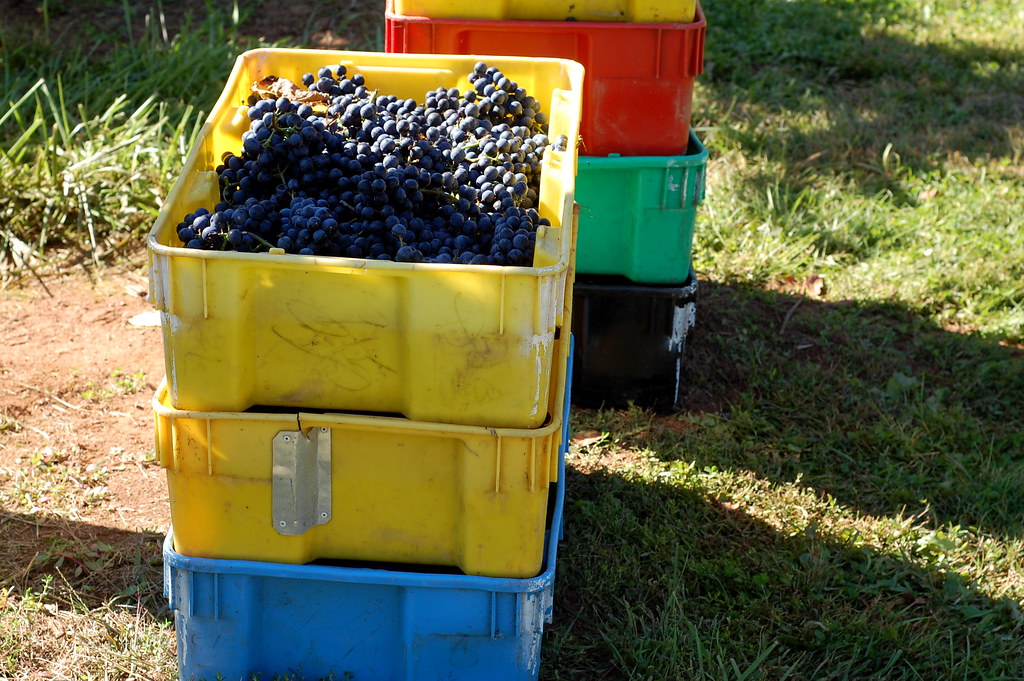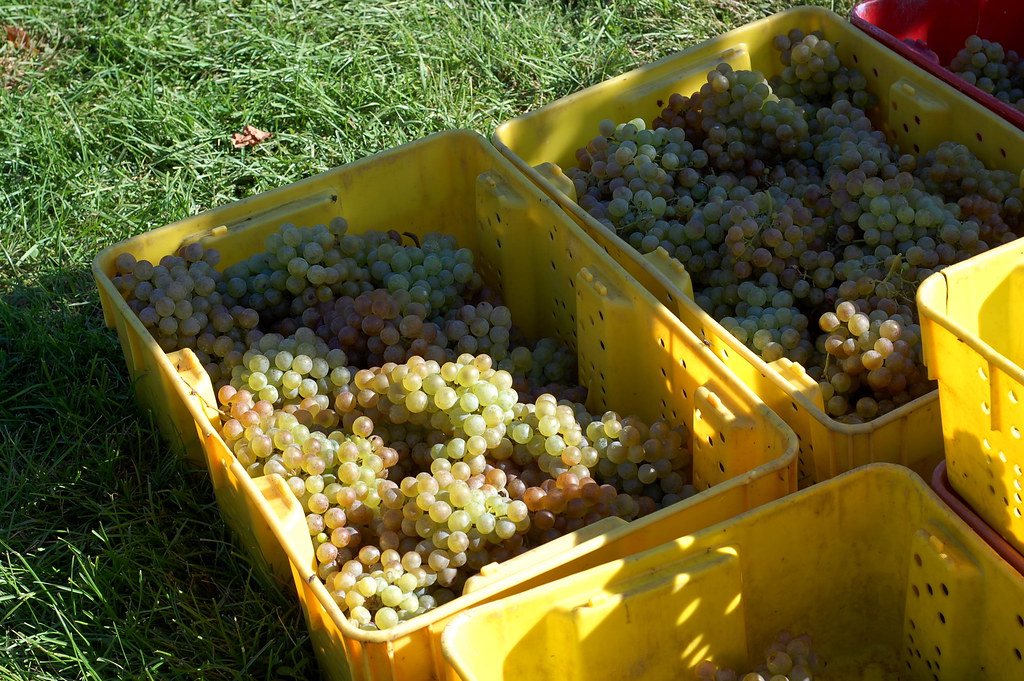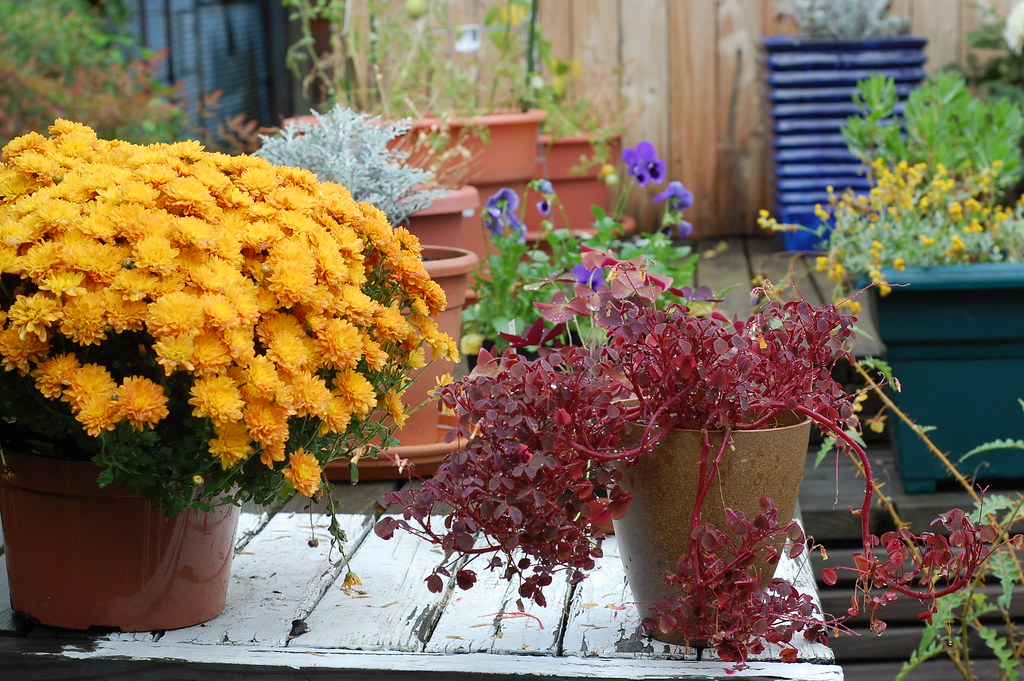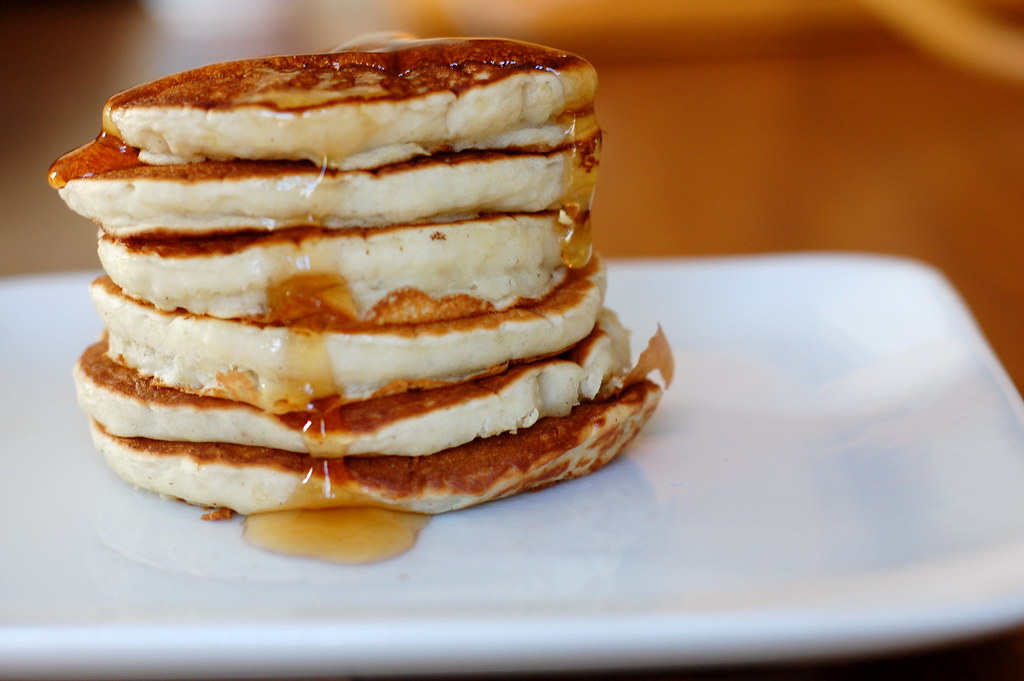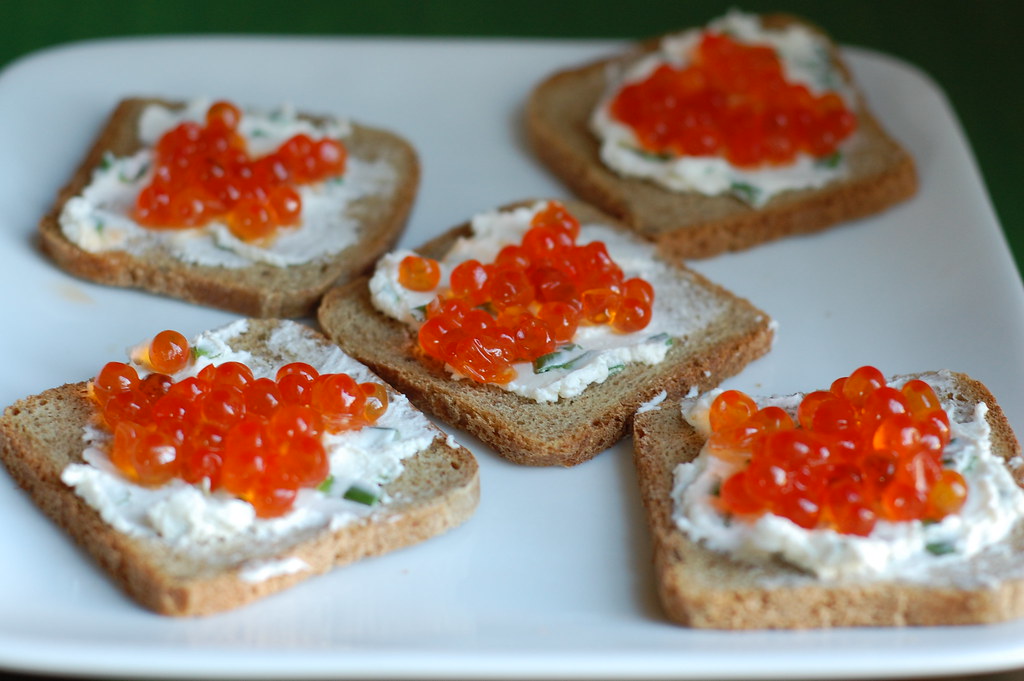 Holiday sugar cookies seem like the simplest thing to make, yet so many versions are disappointing- too thin, too crispy, too fat, overly sugary, not enough flavor. My mom makes the best christmas cookies, the kind you start dreaming about the day after Thanksgiving. Every December she would pull down her copy of the Joy of Cooking, "Mrs Rombaeur," she called it, and open it to the butter and flour stained page marked by a red silk ribbon. Each year we'd make the "rich roll sugar cookies," stamping out stars and trees and snowmen, and frosting them with royal icing.
Holiday sugar cookies seem like the simplest thing to make, yet so many versions are disappointing- too thin, too crispy, too fat, overly sugary, not enough flavor. My mom makes the best christmas cookies, the kind you start dreaming about the day after Thanksgiving. Every December she would pull down her copy of the Joy of Cooking, "Mrs Rombaeur," she called it, and open it to the butter and flour stained page marked by a red silk ribbon. Each year we'd make the "rich roll sugar cookies," stamping out stars and trees and snowmen, and frosting them with royal icing. After I left home I spent many years making Christmas cookies that never matched those rich roll cookies. Sugar cookies are so simple that I always figured any old recipe would do, but after years of experience, I realized that this was not the case. Even my more modern edition of The Joy of Cooking didn't have the rich roll recipe I wanted. So I called my mom, and had her dictate the recipe from her chartreuse-cloth bound, butter stained, ribbon marked "Mrs. Rombauer." The cookies are exactly what I remembered, and exactly what I wanted. The ingredients are simple, but the key is in their proportions, that is, plenty of butter makes everything better. I made one batch, and then another, and another, decorating them for parties and wrapping them for gifts. I realize the time for Christmas cookies is coming to an end, but with recipe as timeless as this, it's good to have around any time of year.
After I left home I spent many years making Christmas cookies that never matched those rich roll cookies. Sugar cookies are so simple that I always figured any old recipe would do, but after years of experience, I realized that this was not the case. Even my more modern edition of The Joy of Cooking didn't have the rich roll recipe I wanted. So I called my mom, and had her dictate the recipe from her chartreuse-cloth bound, butter stained, ribbon marked "Mrs. Rombauer." The cookies are exactly what I remembered, and exactly what I wanted. The ingredients are simple, but the key is in their proportions, that is, plenty of butter makes everything better. I made one batch, and then another, and another, decorating them for parties and wrapping them for gifts. I realize the time for Christmas cookies is coming to an end, but with recipe as timeless as this, it's good to have around any time of year.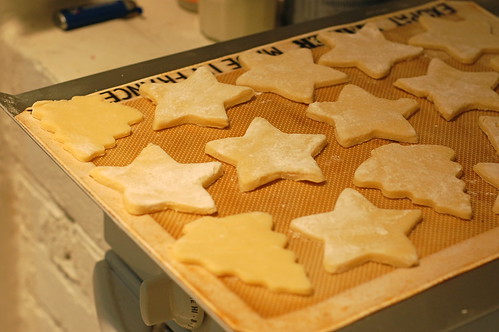 Rich Roll Sugar Cookies
Rich Roll Sugar Cookies1 cup (2 sticks) butter
2/3 cup sugar
1 egg
1 teaspoon vanilla extract
1 teaspoon salt
2 1/2 cups sifted all-purpose flour
1. Cream the butter until smooth. Cream in the sugar until the mixture is light and fluffy. Beat in the egg and vanilla extract until combined. Add the flour with the salt in two additions, stirring until it forms a smooth dough. Divide the dough into two disks, wrap in plastic wrap and chill in the fridge for at least 15 minutes, and up to overnight.
2. Preheat oven to 350F. If your dough has been refrigerated for over an hour, you will want to let it soften a bit at room temperature before rolling, about 15 minutes. Dust your work surface and rolling pin with flour and roll out cookie dough to 1/4 inch thickness. Do not roll too thin. Cut out shapes with a cookie cutter and transfer them to a lined/greased baking sheet, re-rolling until all the dough is used up.
3. I usually pop my cookie sheets in the fridge for about 10 minutes to chill before baking, while I roll out the second disk of dough, but you don't have to do this.
4. Bake cookies in the center of the oven for 8-12 minutes, depending on the size of your cookies, until just barely golden on the edges. Do not let brown. Transfer to a rack to cool completely before decorating with royal icing.
Royal Icing
3 egg whites
4 cups (1 box, 1 lb) powdered sugar
1 teaspoon vanilla extract or lemon juice
food coloring of choice
Beat together egg whites, flavoring, and sugar until smooth. Divide into batches and add food coloring as desired. Icing can be stored in the fridge with plastic wrap pressed directly against the surface.


